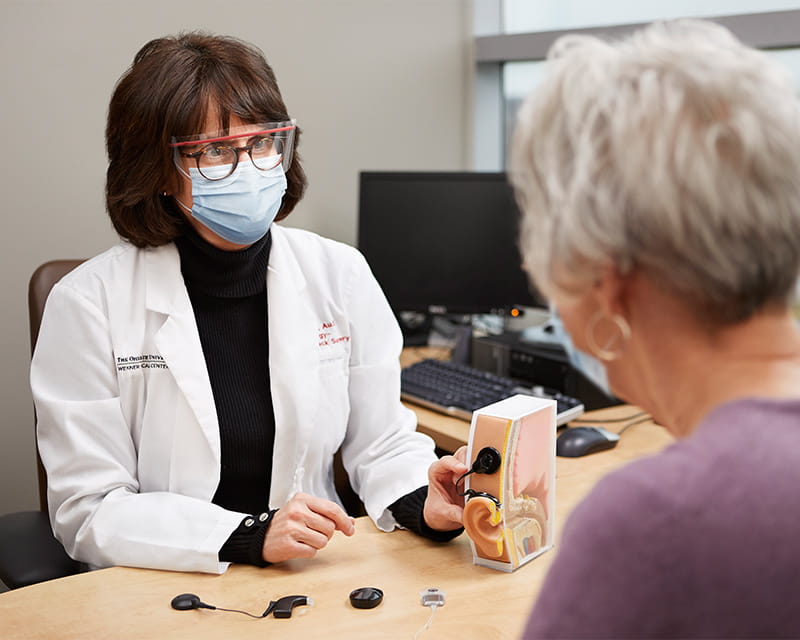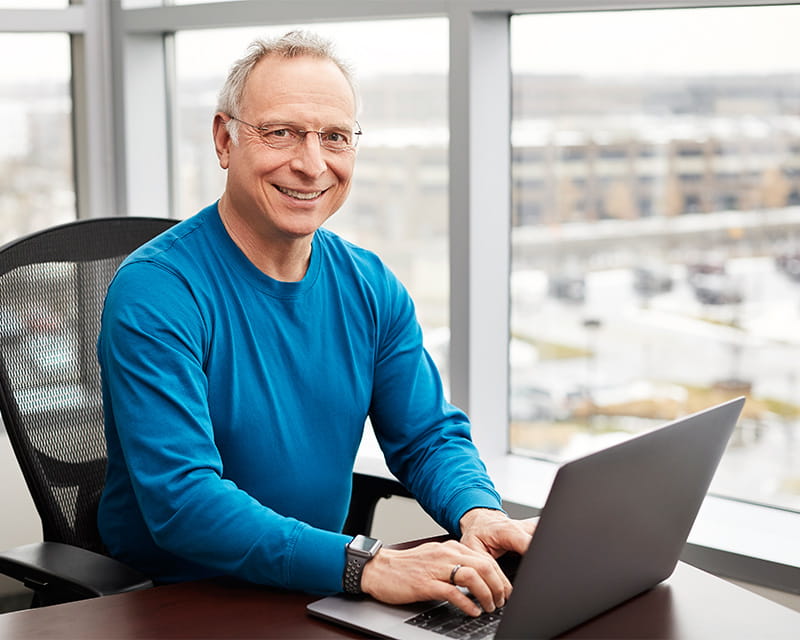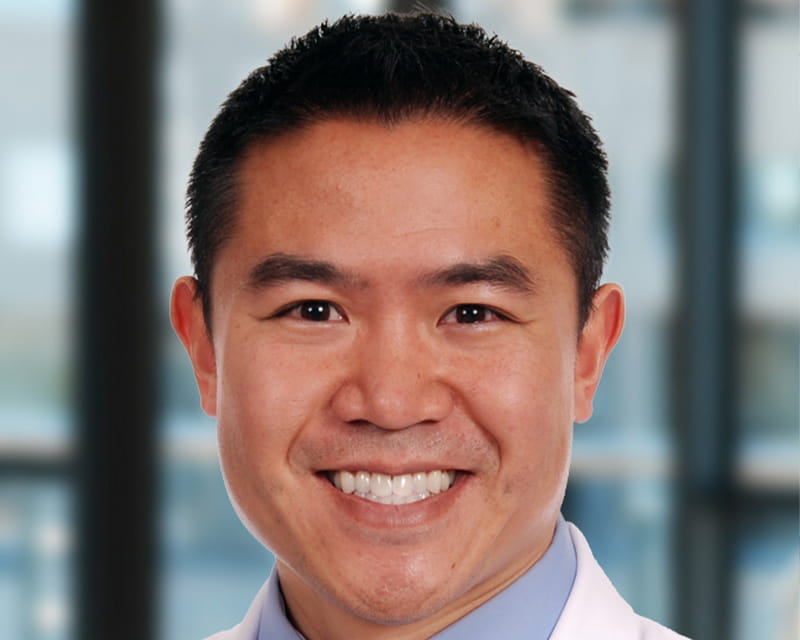
Innovation and Research
 In 2020, the COVID-19 pandemic did more than disrupt routine patient care and elective surgeries at health systems across the nation. It also brought new challenges and opportunities to medical students and physicians seeking postgraduate training—and the academic medical centers and teaching hospitals trying to hire them.
In 2020, the COVID-19 pandemic did more than disrupt routine patient care and elective surgeries at health systems across the nation. It also brought new challenges and opportunities to medical students and physicians seeking postgraduate training—and the academic medical centers and teaching hospitals trying to hire them.
Residency and fellowship program directors in the Department of Otolaryngology – Head and Neck Surgery at The Ohio State University Wexner Medical Center rose to the occasion. They teamed up to create a multipronged, virtual experience that helps both faculty and candidates get to know each other and confidently make hiring and relocation decisions.
Ohio State’s Department of Otolaryngology – Head and Neck Surgery is home to one of the country’s largest otolaryngology residency programs and six of the most competitive subspecialty fellowship programs. Even in the best of times, it takes an extraordinary amount of time and effort to manage the ongoing interview process before hiring and training incoming residents and fellows.
“Before COVID we’d bring 50 candidates to Columbus to interview for the residency program alone,” says Brad deSilva, MD, director of the Otolaryngology Residency Program and the department’s vice chair of education. “Normally, this is an important experience for each applicant, because they get to meet our faculty and residents, tour our facilities and get a sense of the culture in Columbus and at Ohio State. Coordinating these visits takes a lot of work, but it’s exciting work we’re used to doing; we know what to expect.”
If the graduate medical education program is a well-oiled machine, then the novel coronavirus was a wrench thrown into that machine. Normal operations ground to a halt.
“We had to quickly come up with solutions to keep potential residents and fellows engaged with and interested in Ohio State, despite taking away their ability to see the campus and the city in person,” says Dr. deSilva.
He and his colleagues, working with staff inside and outside their department, relied on existing technology to create new means of interaction and observation. They used the Ohio State website to showcase video tours, interviews with current residents and faculty, and 360-degree photos of the operating rooms, exam rooms, temporal bone dissection lab and other spaces.
They also used the Zoom videoconferencing platform to host presentations and meet-and-greets and to conduct candidate interviews.
One of the first faculty members to test this new virtual process was Stephen Kang, MD, director of the Head and Neck Oncologic Surgery Fellowship Program.
“We set aside a Saturday in August to conduct back-to-back interviews with 20 candidates for two fellowship positions,” he says. “Despite all the moving parts needing coordination, and the need for staff to be on hand to troubleshoot any technical issues, the experience was a success. We had time to thoroughly interview each candidate, wrap up the interview and then smoothly transition to the next one.”
Prior to the interviews, invited applicants attended a virtual presentation led by the current head and neck oncologic surgery fellow, as well as a Zoom “happy hour” with former fellows.
“I think the virtual social activities were a hit because our fellows and alumni are so passionate about their experience at Ohio State,” says Dr. Kang. “And after the interviews, several candidates said they appreciated how well our coordinators, Elaine Ortiz and Audrey Agner, organized the process from start to finish.”
Because Match Day for U.S. residency programs won’t occur until March 2021, Ohio State had more time to work with medical students interested in its otolaryngology residency program.
“During the summer, we offered virtual rotations to medical students and gave them access to resident didactics and Grand Rounds presentations,” says Dr. deSilva. “They were also invited to Zoom meet-and-greets with select faculty and residents, to help them determine if Ohio State was one of the places they wanted to apply.”
Out of the roughly 500 applicants vying for five otolaryngology residency positions, Dr. deSilva and his colleagues interviewed 50 people in December 2020. Candidates attended a virtual social activity with current residents the night before the interview, and they interviewed with the same faculty members that would have been present in-person.
“Even though we didn’t invite anyone to campus, we didn’t scale back the number of faculty and residents that candidates met,” Dr. deSilva adds. “Through all of the online interactions, we hope candidates received a good sense of who they could work with and a glimpse of the culture here.”
Although Ohio State’s residency and fellowship program directors agree that in-person visits and interviews are preferable to virtual ones, they also feel confident that this alternative experience was effective and positive—especially considering the circumstances.
“The in-person experience will always be key for applicants, but through this new process we still made many meaningful connections with people,” says Dr. Kang. “One takeaway is that in the future, there’s no reason not to add these virtual conversations to our traditional recruitment and hiring processes. There is no limit on how many times we can communicate with candidates, and if a quick Zoom conference helps us answer questions or keep applicants engaged, then we will certainly continue taking advantage of these tools.”

Innovation and Research

Vestibular Innovation

Leading the Way